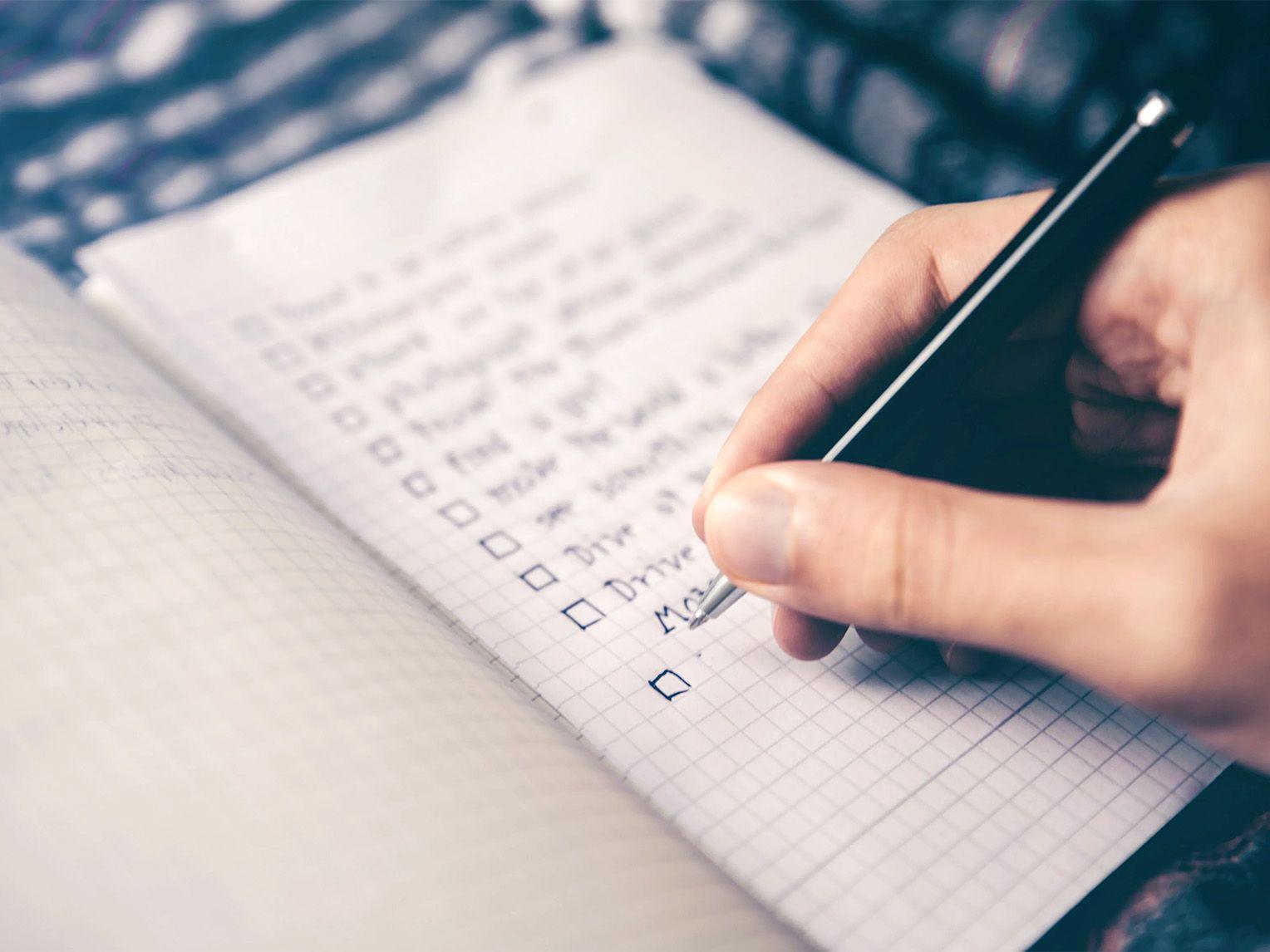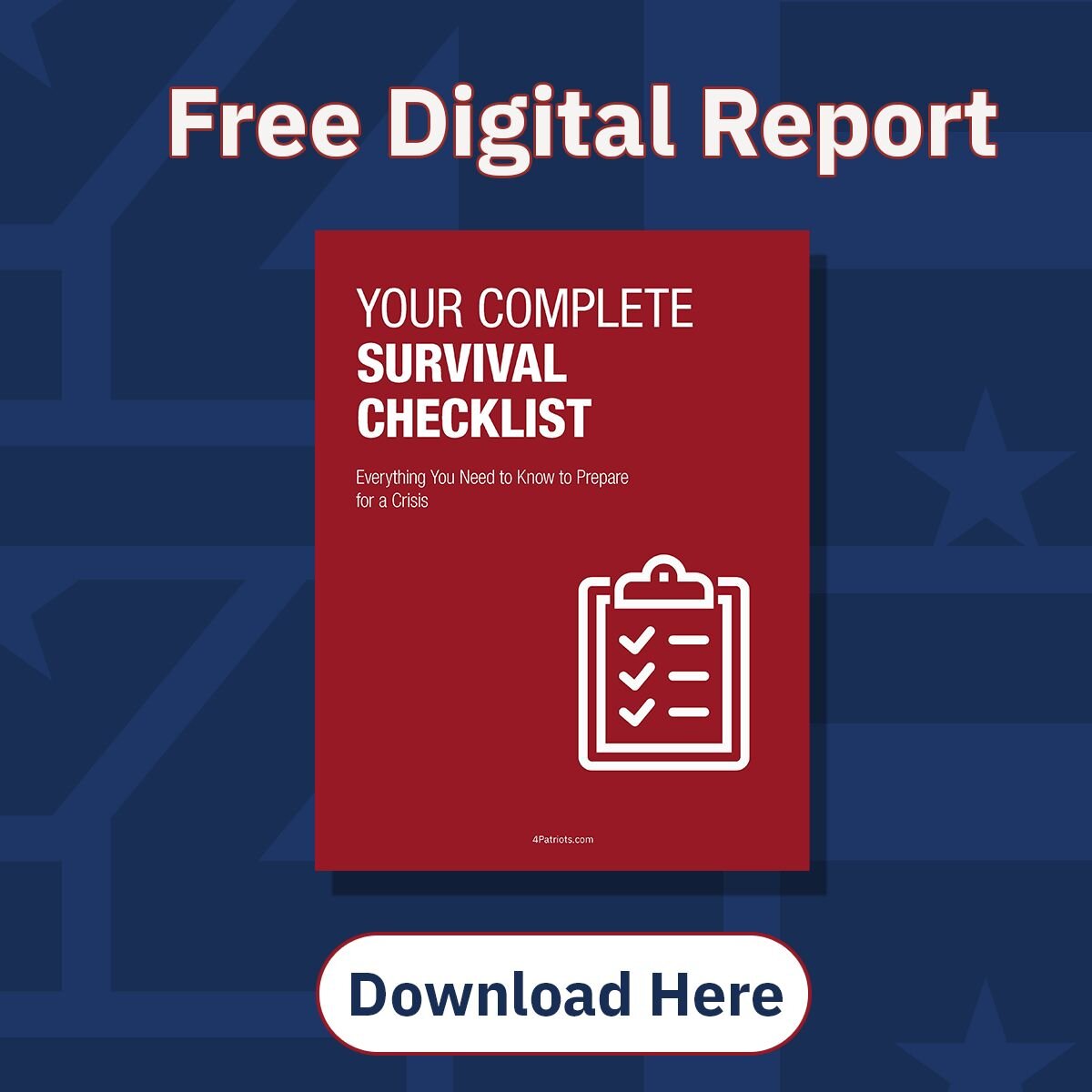Preparedness 101 – 10 Tips to Get You Started

You don’t need a crisis to get prepared...
Just a quiet moment, like this one, to take the first step.
Because while most folks are putting things off until “later”… later often becomes too late.
That’s why I put together a simple guide to help you get moving — even if you’re starting from scratch. It’s called Preparedness 101, and inside are 10 quick-start tips that will give you peace of mind and a real sense of control over the unknown.
Let’s dive in…
1. Set Your Preparedness Goals
Think big picture. How much food and water would give you peace of mind? What emergencies do you want to be ready for a year from now? Start with general goals — specifics come later.
2. Build a Basic Emergency Kit
Start small, but smart. One kit for the family. Then one for each person. Add extras for your car and workplace. Make sure it’s grab-and-go ready.
3. Prepare for Local Threats
Tailor your plan to your region. Hurricanes in the Southeast, wildfires in the West, snowstorms in the North. Know what’s likely, and prep accordingly.
4. Create a Family Plan
Who does what in an emergency? Where do you meet? How do you communicate? Write it down. Practice it. Everyone needs to know the drill.
5. Stock a Shelf-Stable Pantry
Freeze-dried foods for long-term. Canned goods for short-term. Clean water is a must — and so is a way to purify more. Don’t forget flashlights, batteries, power banks, and first aid.
6. Prep on a Budget
You don’t need millions. Buy in bulk, use coupons, shop sales. Focus on value and essentials. Check garage sales for hidden gems.
7. Take a Monthly Challenge
Break your plan into 12 mini-goals. One month focus on food. Another on water. Then backup power, shelter, and so on. Keeps you moving forward, without overwhelm.
8. Digitize Your Documents
Snap photos of important paperwork — insurance, IDs, mortgage, etc. Save them to the cloud. Store originals in a fireproof safe. You’ll thank yourself later.
9. Ignore Common Prep Myths
“No, 911 isn’t always available.”
“Yes, prepping can be affordable.”
And no — the “5-second rule” won’t save you from germs.
10. Adopt a Preparedness Mindset
Preparedness is a way of thinking. It’s not fear-based — it’s freedom-based. Being proactive puts you ahead of the chaos. It’s not just about stuff… it’s about confidence.
Ready to level up fast?
Watch this short video from former Navy SEAL Cade Courtley: The 3 Most Common Preparedness Mistakes & How to Avoid Them.

🔍 FAQ: How do I know what supplies to prioritize first?
Start with the basics: food, water, and power. If your family can eat, stay hydrated, and stay warm or cool, that’s 80% of the battle.
Beginner’s Preparedness Checklist
Use this simple list to track your progress as you build your plan:
Emergency Kit:
☐ 3+ days of non-perishable food
☐ Clean water (1 gallon per person, per day)
☐ Flashlight + batteries
☐ Portable power bank
☐ First aid kit
☐ Weather radio
☐ Multi-tool or knife
☐ Local maps
Family Plan:
☐ Written emergency contacts
☐ Designated meet-up spot
☐ Copies of IDs and documents
☐ Practiced fire, weather, and evacuation drills
Home Preps:
☐ Pantry stocked with shelf-stable foods
☐ Backup water filtration system
☐ Extra blankets, clothing, and shoes
☐ Fire extinguisher + smoke detectors tested
Power Backup:
☐ Solar or gas-powered generator
☐ Battery-powered fans or heaters
☐ Rechargeable lighting options

Top Emergency Essentials
References:
- All testimonials in this advertisement are from real people; sometimes names and photos have been changed to protect their privacy and some were given free products in exchange for their honest feedback. Testimonials represent exceptional results, don't apply to the average purchaser and are not intended to guarantee that anyone will achieve the same results. The organizations, publications and people referenced on this site are not affiliated with 4Patriots. They have not endorsed, sponsored or recommended this product; no affiliation or endorsement is claimed. Terms & conditions apply. Cade Courtley is a former Navy SEAL and Platoon Commander who served 9 years of active duty and has been compensated by 4Patriots for his hard work in helping us test and endorse this product. Cade Courtley is a former Navy SEAL who served 9 years of active duty and has been compensated by 4Patriots for his hard work in helping us test and endorse products.

